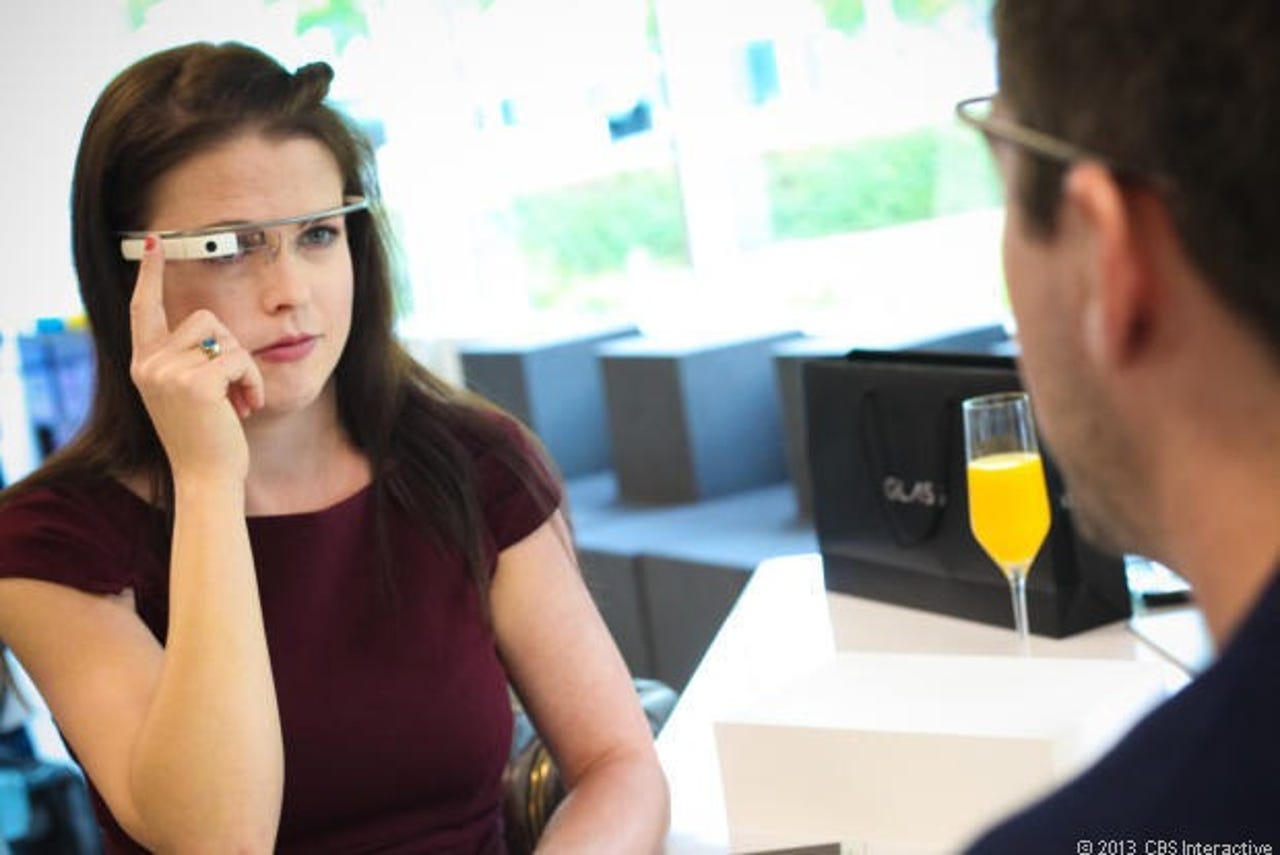Google offers revamped Glass headset to the enterprise: report

According to the Wall Street Journal, a new version of the Glass headset is being distributed to businesses in specific industries such as healthcare, manufacturing and energy.
Citing people familiar with the matter, the publication said the product is being exclusively pitched at businesses -- a far cry from previous consumer testing, such as the Google Explorer program.
Once the original hype surrounding Google Glass died down, the $1500 headset faced widespread criticism relating to privacy issues. The idea of behind recorded without knowledge or consent through the headset's inbuilt camera spooked consumers, and developers demonstrated how easy it was to bypass Google's lighting system on the front of Glass -- which was meant to show when the camera was recording.
The product became the center of bar brawls, driving legal concerns, and cinemas were not too happy about users wearing the glasses at shows either.
Featured
Overall, Glass did not capture the general public's imagination, and eventually the consumer-based Explorer program was closed down. Instead of killing Glass entirely, Google then moved the project from the Google X research lab and into a unit led by former Apple executive Tony Fadell.
Privacy concerns aside, Glass still has worth in industry-specific settings, and both privacy and legal worries could be circumvented by keeping Glass in the corporate realm.
See also: The Google Glass Project: What did we learn?
The latest, revamped version of the headset is similar to the original design, but does not include the thin, wire-like frame of the previous generation. Instead, a button-and-hinge system allows users to attach Glass to different headwear. According to the WSJ, the new Glass headset is also powered by a faster Intel processor, has improved battery lift and more stable wireless connectivity. In addition, the display projector is no longer fixed, and can be moved both horizontally and vertically.
Earlier this month, 9to5 Google reported that the new Glass version is being referred to as an "Enterprise Edition." If you're interested in obtaining Glass 2.0 for yourself, unfortunately a consumer-based version is at least a year away -- if it ever appears on the market.
Instead, Google is focusing on pitching the product to software developers who may be able to engage Glass with specific business uses, and reportedly only if they are Glass for Work partners. For example, Glass could be used in surgeries to assist healthcare professionals, for customer service training or for environmental monitoring purposes -- perhaps in the case of firefighting or land surveys.
The difference this time is that Google is looking to distribute Glass based on specific industries and corporate client requirements, rather than touting the headset as a smartphone alternative to the masses. In turn, targeting the enterprise is potentially a far more sensible and profitable avenue to take to keep Glass alive.
Beach reads for tech junkies
Read on: Top picks
- How to access Wi-Fi anonymously from miles away
- Hammertoss: Russian hackers target the cloud, Twitter, GitHub in malware spread
- Getting physical: A $10 device to clone RFID access keys on the go
- Amazon dreams of drones-only airspace
- Army exoskeletons train soldiers to shoot
- Hornet Tor alternative for high-speed anonymous browsing revealed
In pictures:
